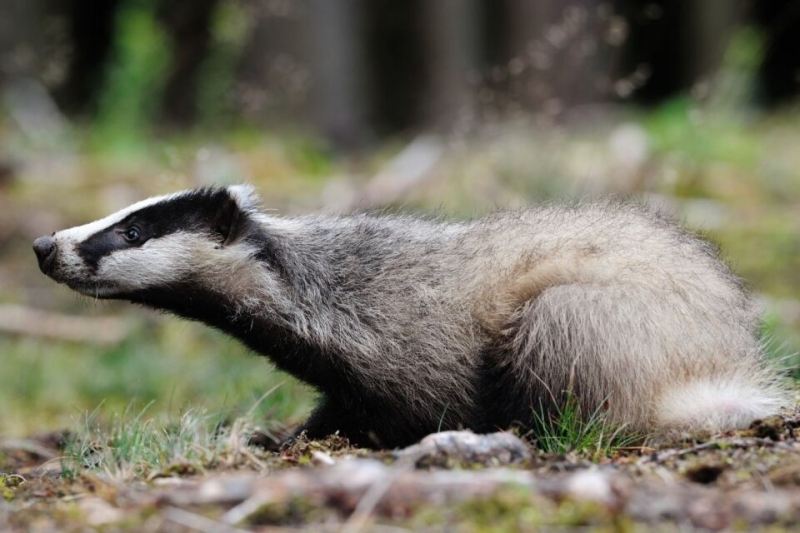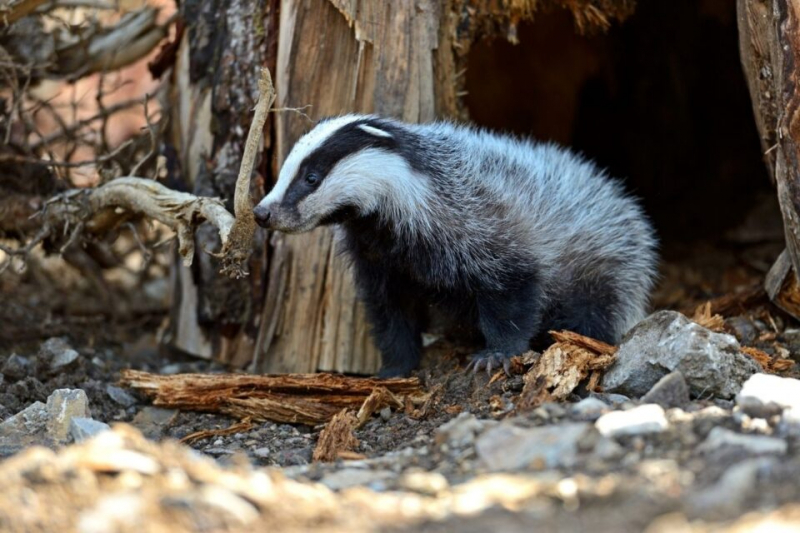Eurasian badgers are the nicest and biggest of the badger species. The majority of Eurasian badgers live in groups of two to 23 individuals, in contrast to the more lone American badger. The availability of food and the badger population density heavily influence social behavior. The badgers grow more independent when food is short. But Eurasian badgers are content to share when supplies are ample. In contrast to those who reside in densely populated places, where the badgers frequently share their dens and other resources, the individuals who live in areas with a lower total population choose to live individually.
The tunnels of
the Eurasian badgers are occasionally shared by other creatures including rabbits, porcupines, red foxes, brown rats, wood mice, stone martens, pine martens, and coypus. The commensalism between red foxes and badgers is the most fascinating. They may share territories with red foxes or European rabbits. Rabbits can benefit from the presence of badgers, as protection against other predators, and often avoid predation by badgers themselves by burrowing in smaller, hard-to-reach areas. area in the nest. The capacity of these species to cohabit is thought to indicate spatial and conditional niche segregation, according to researchers looking into the sharing of dens between these species.









